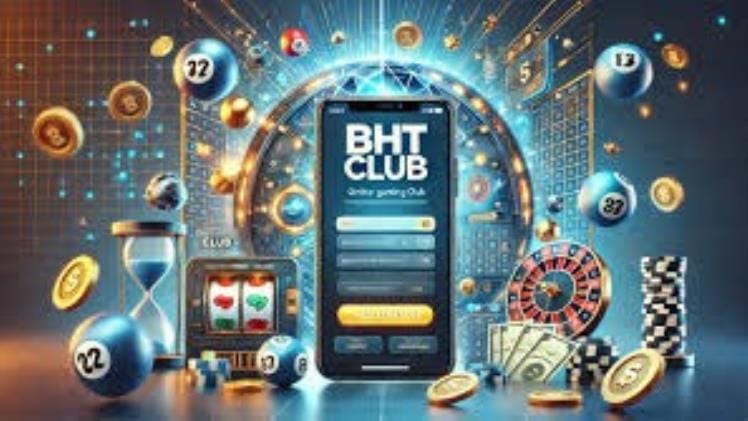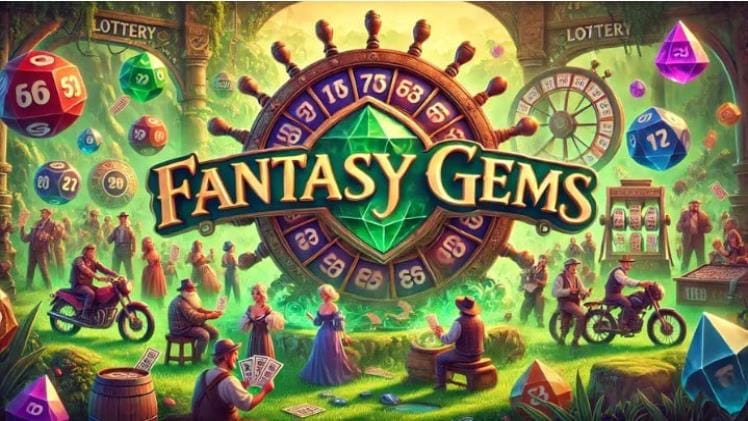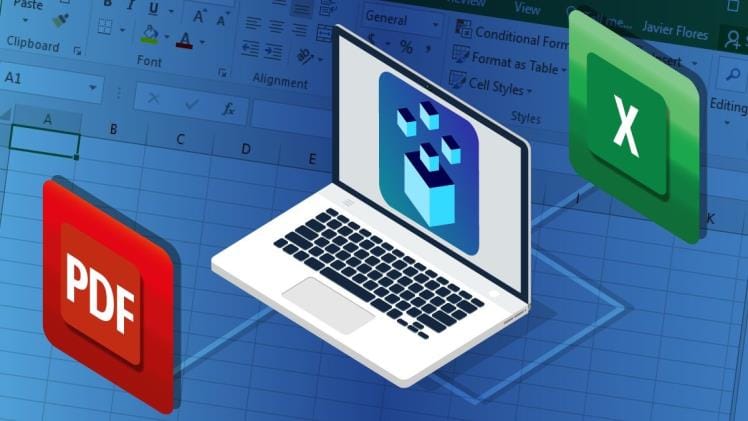Ever wondered why there is a flashing “Only three spots left” banner that breaks your heart–or at least your mouse runs a little quicker? One of the oldest tricks in the marketer’s playbook is scarcity, and it remains exceptionally effective. Limited-edition sneakers, exclusive digital benefits on a platform like HellSpin Casino, scarcity activates psychological and neurological mechanisms that drive our decision-making, even when we should step back and reason.
Table of Contents
The Psychology of Scarcity
Scarcity is effective because humans are programmed to react to a lack of resources. When an object, possibility, or incentive appears scarce, we perceive it as more valuable. This cognitive bias is what behavioural economists refer to as the scarcity heuristic: the brain is short-cutting complex decisions by using an uncomplicated formula – it is scarce, so grab it now.
The process is closely tied to the fear of missing out (FOMO). It is experienced even by experienced digital consumers and high-level players. You look at the countdown timer on an official casino site, such as HellSpin, or an indicator showing how many seats are left and then the logical, rational half of your brain steps aside. Attention is heightened, the tendency to act on an impulse increase, and decision-making may become more rapid, resulting in a situation where the decision made in a neutral environment may not seem necessary.
What Happens in the Brain
Scarcity is not merely an eye-of-the-beholder phenomenon, but it is also a brain phenomenon. The reward system in your brain, particularly the striatum, activates when you feel physically scarce. Dopamine bursts cause anticipation and excitement. Even minor stimuli, such as a temporary badge for VIP members, can trigger a dopamine loop, making something relatively uncommon seem exciting.
Meanwhile, the emotional response is intensified by the amygdala, a brain system that serves as the alarm clock. That is why a limited-time offer can be pressing — even when the head is telling you that you don’t really need it. The part of the brain known as the prefrontal cortex, which is responsible for rational planning, often fails during times of stress. This is why marketers tend to incorporate scarcity with immediate rewards or the idea of intermittent, varied rewards. These variable prizes–occasionally you hit the jackpot, occasionally you get a small buzz–contribute even greater interest to the participation.
Digital Scarcity.
Digital scarcity has been effectively leveraged on the internet through gaming and gambling platforms, such as HellSpin Casino. It is not merely about constraining a product, but about creating behavioural patterns that prompt users into action.
Limited-Time Offers
There are countdown timers everywhere. They induce a sense of urgency and a mini stress response, which is actually the opposite of what is desired. The fact that you see “Claim your bonus in 2:15:42” does not simply motivate users to take action — it fosters a shared psychological experience on the platform.
Exclusive Access and Tiers
Exclusivity is another digital scarcity. Invite-only tournaments, VIP programs, or early access to new features are indicators of prestige. Although the content may not necessarily be scarce, the mere sense of it creates lust. It directly enters the dopamine loop and strengthens the habits of engagement; users return, hoping to receive the same dose of novelty and reward.
Scarcity Tactics at a Glance
| Scarcity Tactic | Description | Example (HellSpin Casino) | Psychological Effect |
| Limited-Time Bonus | Bonus available only for a short period | “Claim your welcome bonus within 24h” | Urgency, FOMO |
| Limited Spots/Seats | Restricted number of participants | “Only 50 seats left for the tournament” | Exclusivity, perceived value |
| Exclusive VIP Access | Access reserved for select users | “VIP members get early access to new games” | Prestige, reward anticipation |
| Countdown Timers | Visual timer showing remaining time | “Offer ends in 2:15:42” | Anxiety, impulsivity |
These strategies are effective because they exploit the elements of immediate gratification, unpredictable rewards, and other behavioural patterns that drive our Internet activities. Even the most seasoned digital users, such as seasoned gamblers, are vulnerable —not because they are irrational, but because their brains are wired to react to scarcity signals.
Expert Assessment
Marketing gurus often emphasise that there is hardly anything as effective as scarcity combined with subtlety. Excess causes manipulation; do it correctly, and it will boost involvement, without interfering with autonomy. Applications like HellSpin Casino demonstrate how it is possible to create digital interaction by leveraging scarcity without crossing any ethical boundaries. Limited offers can be framed within a larger experience, which makes users feel rewarded for being part of it instead of being coerced into an impulsive act.
In behavioural economics terms, scarcity is intriguing because it reveals the interplay between cognitive biases and digital habits. Dopamine loops, decision fatigue, and variable schedules of reinforcement do not simply describe the reason why we do something — they are the reasons why we repeatedly return to obtain more, even when the reward is unpredictable.
Scarcity is not necessarily manipulative–it is a perspective on human desire. With an understanding of how it works, anyone, including marketers or the average digital consumer, can see why. Only a few are. It can make people buy the product. It can be more irresistible than it ought to be, and that is why the territory of HellSpin Casino is so rich in studying these patterns at work.




